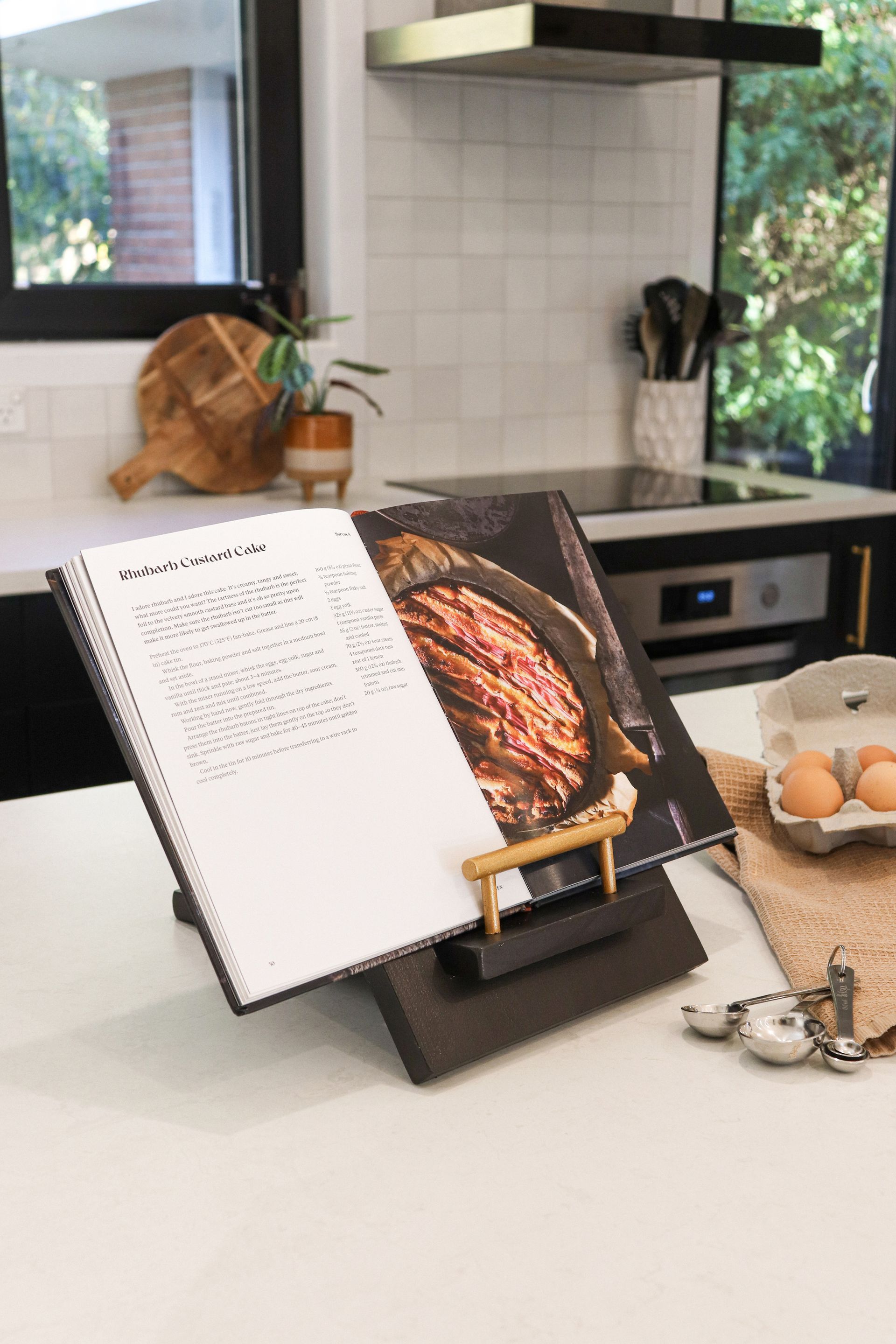With a change of government, NZ Mortgages Managing Director Nathan Miglani reflects on what it means for the property market.
It’s an exciting and transformative time for New Zealand as we’ve recently witnessed a change in government. On behalf of NZ Mortgages, I’d like to extend our best wishes to the new administration as they embark on their journey of service to the people of New Zealand.
The real estate market is, as always, a reflection of the broader economic and political landscape. Currently, we are experiencing a robust market, characterised by a particularly interesting trend – first home buyers account for a significant portion of our client base, representing 60 per cent of our business. The remaining segments are divided as follows: 20 per cent comprise individuals looking to sell and buy, 5 per cent are seeking loans for business and investment properties, and 15 per cent are engaged in the process of refinancing.
As the new government takes the reins, we anticipate changes in the property investment landscape. Property investors are likely to re-enter the market, and it’s possible that they’ll be competing with first home buyers, particularly for properties valued below the $650,000 mark.
Even as the Kāinga Ora First Home Partnership is no longer available due to overwhelming interest, it indicates the increasing number of first home buyers out there, and the current stock in the market indicates that there’s plenty more demand to come. However, it’s worth noting that Kāinga Ora continues to support first-home ownership through the First Home Loan and First Home Grant programmes, providing viable methods for aspiring homeowners.
Transitioning from the vibrant spring season into the summer months, we foresee a steady property market ahead. With the market in full swing, it’s a time to seize opportunities, if you can, as we know that the cost of living is still high and interest rates still sit quite high. We remain optimistic about the market’s stability going forward, with the OCR expected to hold and a drop predicted for 2024.
We believe it’s essential to provide proactive guidance to our clients, ensuring they are well prepared for any market shifts.
If you’re contemplating selling and buying, looking to purchase your first home, or looking to leverage the equity in your existing property for an investment upgrade, please do reach out. We are here to guide you through every step of your property journey.
Years of experience mean Nathan Miglani knows how to give you the best possible chance of success if you are thinking of buying or building a property. Whether it’s a first home, next home, rental or a development, Nathan and his team are passionate about helping you through the process and they’ll find the best deal for your unique circumstances. nzmortgages.co.nz
Recent stories





